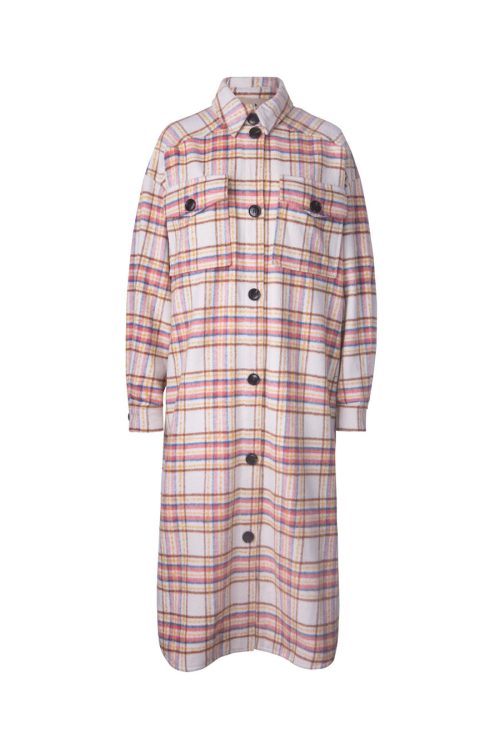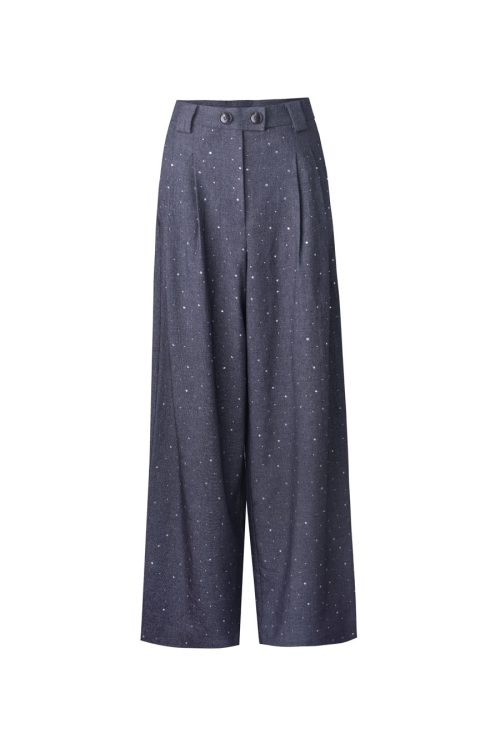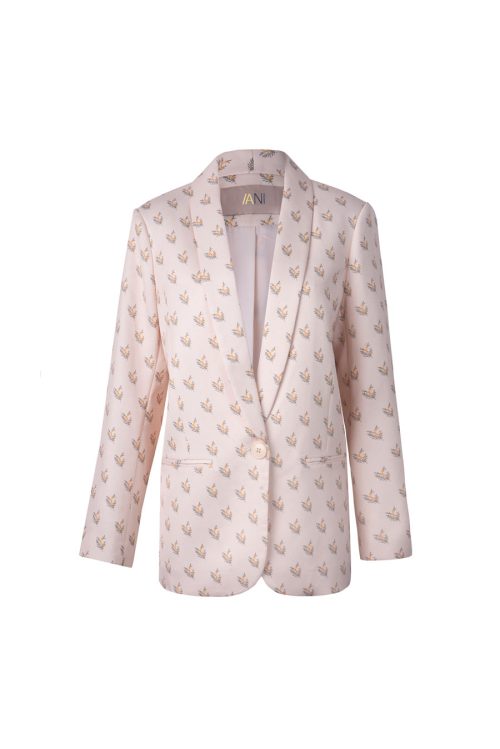
Introduction to Garment Manufacturing
Garment manufacturing is a cornerstone of the global fashion industry, a dynamic field that blends art, design, and technology to produce clothing that meets the diverse needs of people worldwide. This sector is not only about the creation of clothes; it’s about crafting identities and cultures through fabric and thread. The evolution of garment manufacturing has been significantly influenced by advancements in technology, changes in consumer preferences, and the constant drive for sustainability.
The Garment Manufacturing Process
Design and Prototyping
The journey of a garment from concept to closet begins with design and prototyping. This stage is where creativity meets practicality, involving sketches, fabric selection, and the creation of prototypes. It’s a collaborative process that ensures the final product aligns with the designer’s vision and market trends.
Material Selection
Selecting the right materials is crucial for both the aesthetics and functionality of a garment. Manufacturers must consider factors like durability, comfort, and environmental impact. The choice of materials also reflects a brand’s values, especially when it comes to sustainability.
Cutting and Sewing
Cutting and sewing are where designs take physical shape. Precision in cutting ensures minimal waste, while skilled sewing crafts the pieces into finished garments. This stage is a testament to the craftsmanship and expertise involved in garment manufacturing.
Quality Control and Finishing
Quality control and finishing are about ensuring that each garment meets the highest standards. This includes inspections, adjustments, and the addition of final touches. It’s a critical step in maintaining brand reputation and customer satisfaction.
Trends Shaping the Future of Garment Manufacturing
Sustainable Practices
Sustainability is no longer a buzzword but a necessity. From eco-friendly materials to water-saving dye techniques, the industry is innovating to reduce its environmental footprint.
Automation and Robotics
Automation and robotics are revolutionizing garment manufacturing, offering precision, efficiency, and reduced labor costs. These technologies also enable on-demand production, reducing waste.
Customization and Personalization
The demand for personalized clothing is on the rise. Advances in technology enable manufacturers to offer custom sizes, styles, and designs, providing a unique shopping experience.
The Role of Chinese Garment Factories
Chinese garment factories are at the forefront of the industry, thanks to their competitive advantages in supply chain, cost, quality, and efficiency. Their ability to rapidly adapt to market changes and integrate new technologies makes them invaluable partners for global fashion brands.
Challenges in Garment Manufacturing
Labor Rights and Working Conditions
Ensuring fair labor practices and safe working conditions is a challenge that the industry continues to face. It’s crucial for manufacturers to uphold ethical standards to protect workers’ rights.
Environmental Impact
The garment manufacturing industry is one of the largest polluters globally. Tackling environmental challenges requires collective action from manufacturers, brands, and consumers.
Navigating Global Trade Policies
Trade policies and tariffs can significantly impact garment manufacturing. Navigating these complexities is essential for maintaining competitive pricing and market access.
Maximizing Efficiency in Garment Production
Lean manufacturing techniques, the integration of technology, and workforce training are key to maximizing efficiency. These practices not only reduce costs but also improve product quality and turnaround times.
FAQs
What is garment manufacturing? How does technology impact garment production? What are the benefits of sustainable garment manufacturing? Why are Chinese garment factories considered industry leaders? How can the industry overcome labor and environmental challenges? What does the future hold for garment manufacturing?
Conclusion
The future of garment manufacturing lies in the balance of innovation, sustainability, and ethical practices. As the industry evolves, it will continue to face challenges but also opportunities to redefine fashion for the better.




